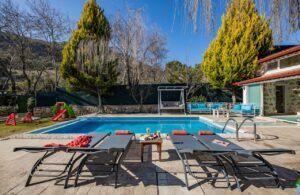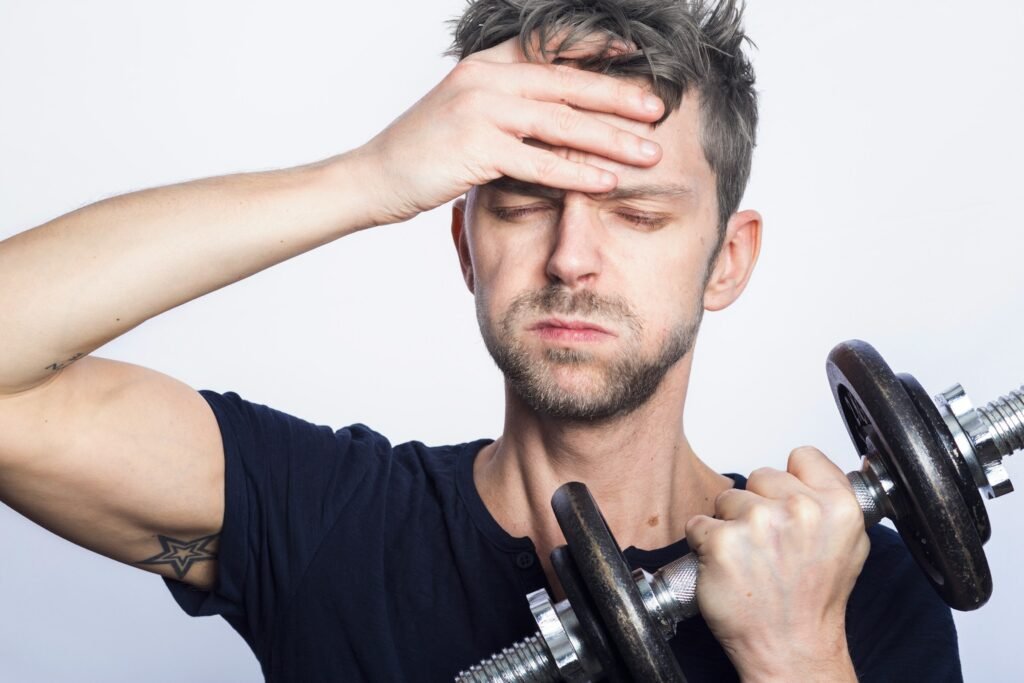Complete Guide to Essential Pool Equipment
Introduction
When designing your future pool, it’s crucial to consider the necessary equipment to ensure it functions optimally. Essential pool equipment such as the electrical panel, return inlets, filter, and pump are vital for circulating and filtering the pool water. Here’s a comprehensive guide to help you choose the essential equipment for your pool.
Thank you for reading this post, don't forget to subscribe!Essential Pool Equipment for Installing
Among the numerous pool accessories, some are indispensable while others are optional. The essential elements ensure basic functionality, while optional equipment provides additional features for more comfort and easier maintenance.

Key Elements for Pool Operation
Technical Room
The technical room is the nerve center of your pool. This is where the main components are housed. When planning your pool construction, it’s essential to determine the location of this room. It should be spacious enough to allow easy maintenance without risking injury.
The Pump
The pump is the heart of the pool, ensuring water circulation in the hydraulic circuit. Choose a well-sized pump to maintain proper water flow and cleanliness. A pump that is too small won’t circulate water effectively, while one that is too large will waste energy.
The Filter
The filter, located after the pump in the hydraulic circuit, removes impurities from the water. It is vital for maintaining clean and healthy water. Filters come in various types, including sand filters, cartridge filters, and diatomaceous earth (DE) filters. Each type has its advantages and maintenance requirements.
The Electrical Panel
The electrical panel powers the pump and other devices that need to be connected to the mains, such as an electrolyzer or a heat pump. Ensuring the electrical panel is installed by a professional is crucial for safety and functionality.
Pipes
The pipes transport water through a hydraulic circuit connecting various equipment to the pool. The distance between the technical room and the pool affects the length and complexity of the piping network. Proper pipe sizing and materials are crucial to prevent leaks and ensure efficient water flow.
Skimmers and Other Essential Components
Skimmers
Skimmers, also known as water recirculators, are key components of the hydraulic circuit. They collect water from the pool for filtration. Skimmers come in various sizes and may include a pre-filter and a compartment for disinfectant tablets. Regular cleaning of the skimmer basket is necessary to ensure optimal performance.
Return Inlets
Unlike skimmers, return inlets inject clean water back into the pool after filtration. Proper placement of return inlets ensures even distribution of clean water throughout the pool, enhancing circulation and cleanliness.
Main Drain
The main drain allows the pool to be emptied. It is connected to a pipe that typically leads to the stormwater system. Main drains are essential for water circulation and can also serve as a suction point for cleaning equipment.
Vacuum Point
The vacuum point connects to a pool vacuum or cleaning robot. It’s important to ensure the hose is free of air to avoid pump malfunction. Regular use of a vacuum point helps maintain a clean pool by removing debris that the skimmer might miss.
Optional Equipment for Optimal Performance
Pool Sterilizers
Pool sterilizers simplify water treatment but must be used with other disinfection methods. They help in maintaining water clarity and hygiene, making pool maintenance less labor-intensive.
Electrolyzer
An electrolyzer produces natural chlorine from salt, effectively disinfecting the water. Saltwater pools are becoming increasingly popular due to their lower chlorine levels and gentler effect on skin and eyes.
UV Sterilizer
Using UV lamps, this device disinfects water by eliminating microorganisms. UV sterilizers are an eco-friendly option that reduces the need for chemical disinfectants, making the pool water safer and more pleasant to swim in.
Chlorinator and Brominator
These devices release chlorine or bromine for water disinfection. Each must be used with their specific chemicals. Automated chlorinators and brominators ensure consistent levels of disinfectant, reducing the risk of over- or under-treatment.
Optional Equipment for Enhanced Comfort
Counter-Current Swimming (CCS)
Ideal for swimmers, CCS allows swimming in place with a powerful water jet. This equipment is perfect for exercise and training in a confined space, transforming your pool into a versatile fitness center.
Booster Pump
A booster pump increases water pressure in the pool, suitable for connecting hydraulic pool robots. High-pressure systems ensure efficient operation of cleaning robots, making pool maintenance easier and more effective.
Pool Heating Devices
Heat Pump
Commonly used for heating pool water, a heat pump effectively increases water temperature. Heat pumps are energy-efficient and can extend your swimming season by maintaining a comfortable water temperature even in cooler weather.
Heat Exchanger
Easy to connect to your home’s boiler or heat pump, a heat exchanger is another method to heat your pool. Heat exchangers are efficient and can rapidly raise the water temperature, providing comfort even during unexpected cold snaps.
Other Heating Solutions
Devices like pool enclosures, solar covers, and solar heaters can also help warm the water, though their performance may be limited. Solar covers and heaters utilize renewable energy, making them an eco-friendly and cost-effective choice for maintaining pool temperature.

Conclusion
In summary, choosing the right essential pool equipment for your pool is crucial for maintaining clean and healthy water while enhancing user comfort. Whether you opt for basic equipment or additional features, each component plays a crucial role in the efficient operation of your pool. Proper planning and installation of these elements will ensure a long-lasting and enjoyable swimming experience.



